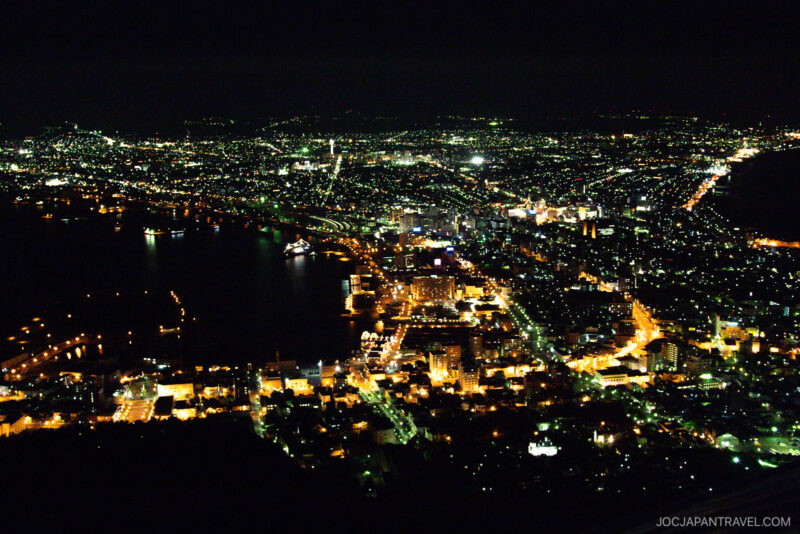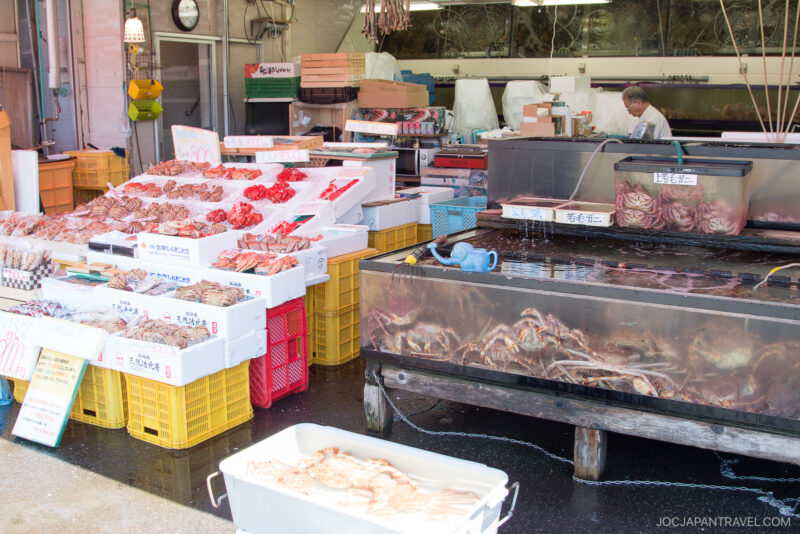This post may contain affiliate links. Please read our disclosure policy.
Yunokawa Onsen (湯の川温泉) was just what we needed after a full day of exploring Hakodate’s markets, museums, and scenic spots.
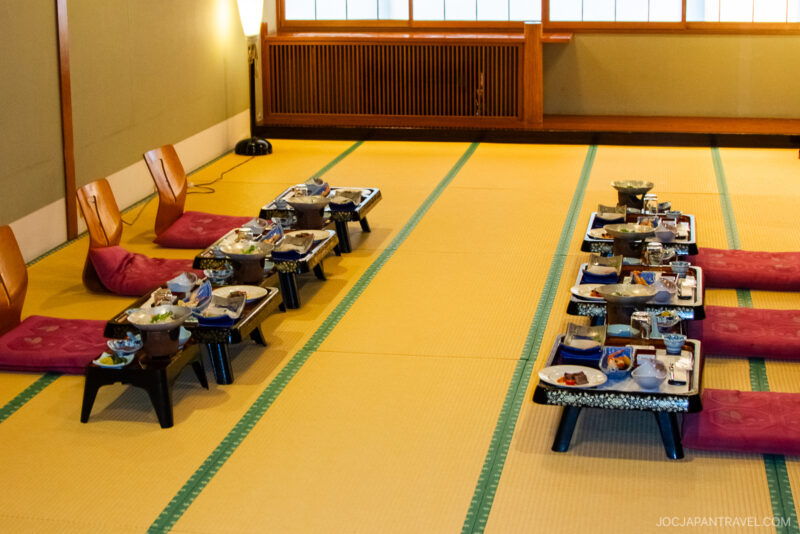
What Makes Yunokawa Onsen Special?
Yunokawa Onsen is one of the oldest and most well-known hot spring areas in Hokkaido. Its mineral-rich, slightly salty waters have been cherished for centuries for their soothing effects—perfect for relieving fatigue and easing sore muscles. Best of all, it’s just a short ride from Hakodate’s city center, making it both relaxing and convenient.
We stayed at a modest ryokan during our visit. The rooms were a bit dated, but the onsen more than made up for it. Soaking under the open sky after a full day of sightseeing was exactly what our bodies needed.
Onsen Etiquette: How to Soak Like a Pro
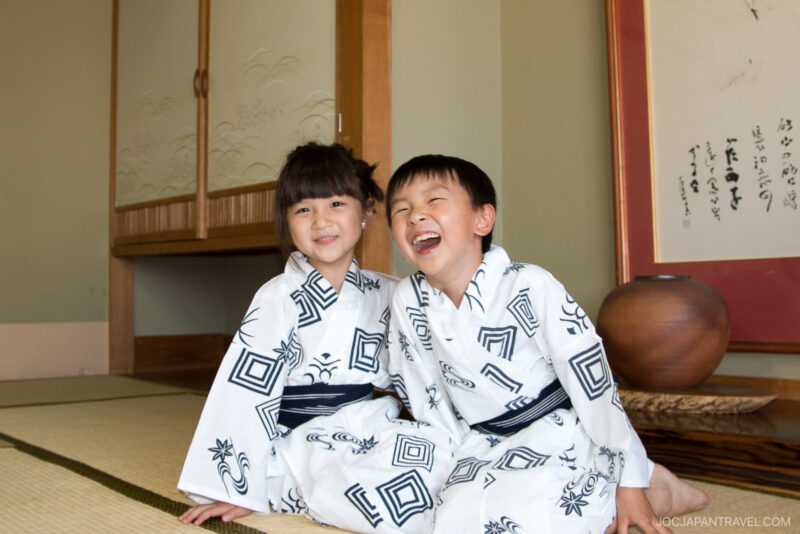
If it’s your first time visiting an onsen, there are a few customs to know that will help you enjoy the experience fully and respectfully:
- Wash first: Before entering the bath, wash and rinse your body thoroughly at the shower stations. This is a must.
- Use your small towel properly: The small towel is for washing or modesty while walking, but never put it into the bathwater.
- No swimsuits or clothing: Onsen are enjoyed nude. This may feel unfamiliar at first, but everyone follows the same rules and it quickly becomes normal.
- Stay quiet: Onsen are peaceful places. Keep conversations low and enjoy the calm atmosphere.
- Take breaks and hydrate: The heat can be intense. Step out if needed, and drink water afterward.
We also put together a full Onsen Etiquette Guide for those who want more details.
Wearing Yukata Around the Ryokan
One of the fun parts of staying at a traditional ryokan is slipping into a yukata—a casual cotton kimono provided by the hotel. It’s not just for style; yukata are meant to be worn around the property, including to the onsen and during meals.
Our family loved wearing yukata during our stay—it made the whole experience feel like a true getaway.
Each property may have its own set of rules, so it’s always a good idea to check with the front desk about onsen hours, photography, or dining etiquette.
How to Get to Yunokawa Onsen
Train
- From Hakodate Station, take the tram bound for Yunokawa. Get off at “Yunokawa Onsen” stop. The ride takes about 30 minutes.
- Total travel time: 30 minutes.
Taxi
- By taxi, it takes about 10 minutes from Hakodate Station and costs around ¥1,500–¥2,000 depending on traffic.
Pro Tip: If you’re staying at a hotel in Yunokawa, many offer free shuttle pickup from Hakodate Station or the airport.
Is Yunokawa Onsen Worth Visiting?
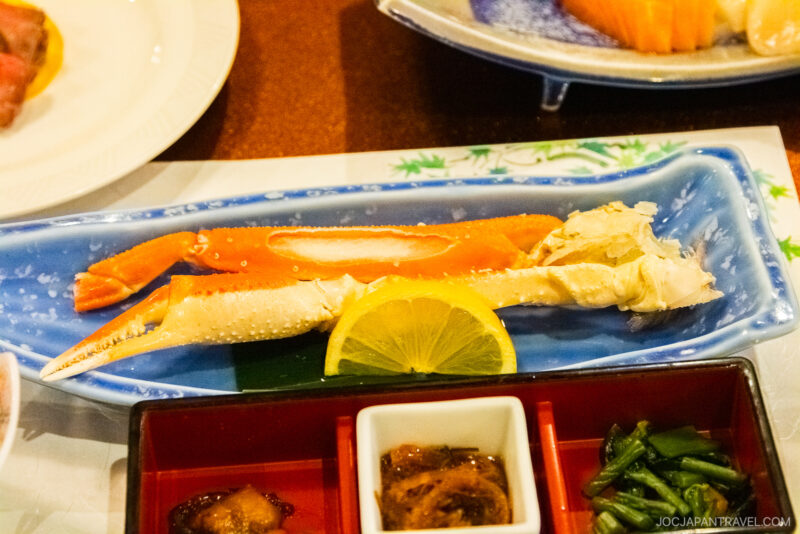
Even though Yunokawa Onsen isn’t as famous as some of Japan’s larger hot spring resorts, we still highly recommend including it in your Hakodate itinerary. Part of the joy of traveling in Japan is experiencing different regional onsen, each with its own mineral composition, atmosphere, and local charm.
It’s not just about the baths, either. Many ryokan in onsen towns serve beautifully prepared meals featuring the freshest seasonal ingredients from the area, including dishes you might not find anywhere else.
The water quality varies from place to place, so trying different onsen around Japan is like tasting different regional cuisines. Yunokawa offers a relaxing, authentic experience that’s perfect for recharging after a day of exploring Hakodate.
More to Explore Nearby
After relaxing at Yunokawa Onsen, one of Hokkaido’s most famous seaside hot springs, explore more of Hakodate’s highlights nearby:
- Hakodate Morning Market – Start your day with fresh seafood, local specialties, and live squid fishing.
- Mount Hakodate (函館山) – Ride the ropeway in the evening for an unforgettable night view of the city below.
- Fort Goryokaku – Visit Hakodate’s historic star-shaped fortress, surrounded by cherry trees.
- Kanemori Red Brick Warehouses – Shop, snack, and stroll along the waterfront in this lively historic district.

